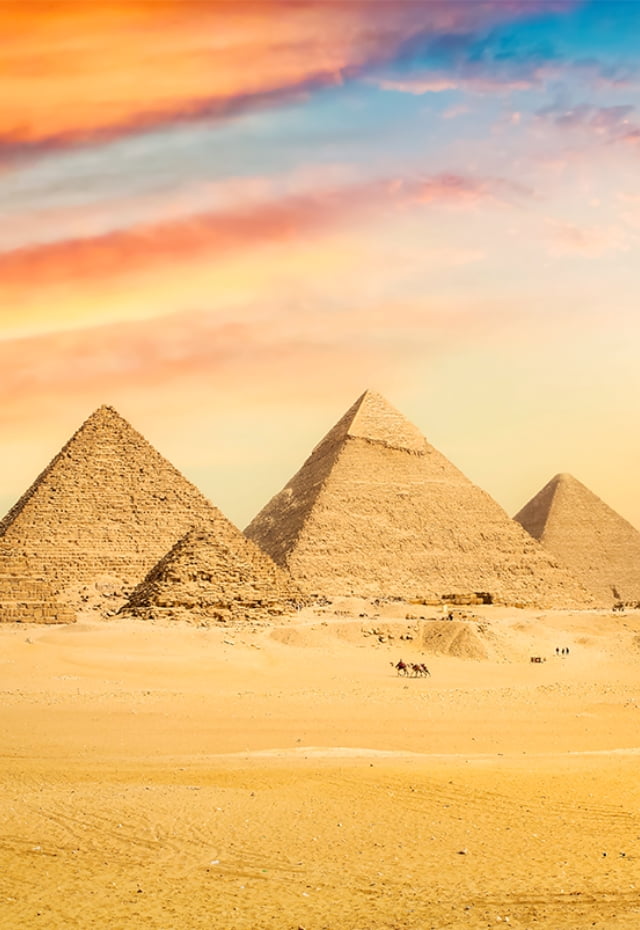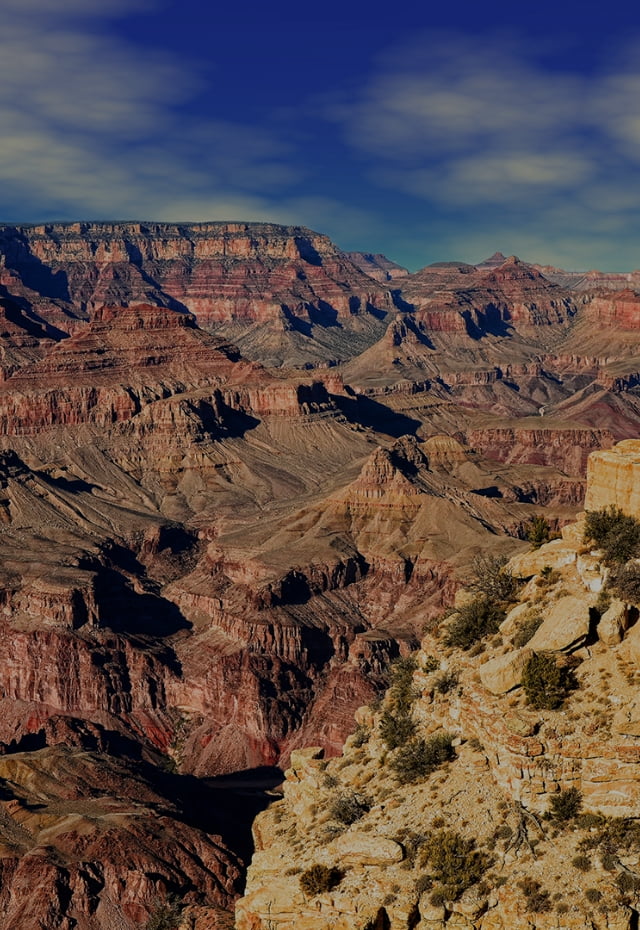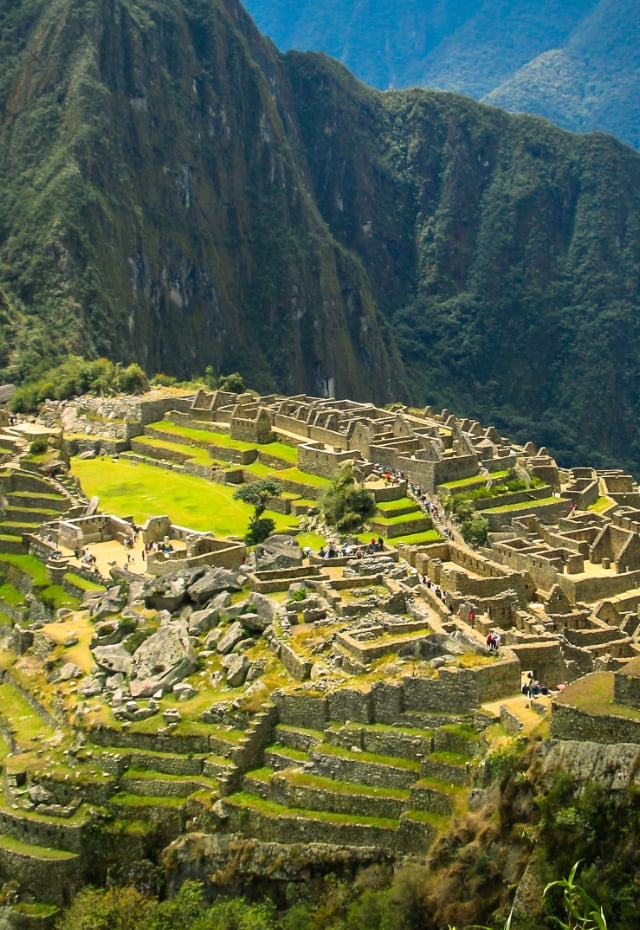UNESCO World Heritage
Definition of World Heritage
-
 1Cultural Heritage
1Cultural HeritageCultural Heritage consists of monuments, groups of buildings, and sites. Monuments include architectural structures, sculptures, paintings, and archaeological remains that hold exceptional universal value in terms of history, art, and scholarship. Groups of buildings refer to independent or interconnected structures that have historical or artistic significance. Sites encompass areas that include archaeological remains of human-made structures or a combination of human-made and natural elements, which hold historical, aesthetic, ethnological, or anthropological value.
-
 2Natural Heritage
2Natural HeritageNatural Heritage includes natural monuments consisting of physical and biological formations; geological and geomorphological formations, as well as habitats for endangered species of animals and plants, which possess outstanding universal value from the perspective of aesthetics, science, or conservation; and natural areas or natural sites of exceptional value in terms of science, conservation, and natural beauty.
-
 3Mixed Heritage
3Mixed HeritageMixed Heritage refers to properties that exhibit characteristics of both Cultural Heritage and Natural Heritage.
Criteria for World Heritage Listing
To be inscribed as a World Heritage site, a property must not be confined to a single nation but should demonstrate Outstanding Universal Value. The Operational Guidelines for the Implementation of the World Heritage Convention set out ten criteria to assess a property's value. Criteria I to VI apply to Cultural Heritage, while Criteria VII to X apply to Natural Heritage.
In addition to these value-based criteria, Cultural Heritage must also maintain Authenticity, meaning it retains its original value in terms of material, technique, and craftsmanship. Furthermore, both Cultural and Natural Heritage must encompass all necessary elements to convey their value and must be managed under an established legal and institutional framework to be eligible for World Heritage designation.
| Category | Criteria | Example | |
|---|---|---|---|
| Cultural Heritage | Ⅰ | Represent a masterpiece of human creative genius | Sydney Opera House (Australia) |
| Ⅱ | Exhibit an important interchange of human values over a span of time or within a cultural area of the world, in the fields of architecture, technology, monumental arts, town planning, or landscape design | Church of the Ascension in Kolomenskoye (Russia) | |
| Ⅲ | Bear a unique or at least exceptional testimony to a cultural tradition or a civilization, living or disappeared | Historic City of Ayutthaya (Thailand) | |
| IV | Be an outstanding example of a type of building, architectural or technological ensemble, or landscape that illustrates a significant stage in human history | Jongmyo Shrine (Korea) | |
| Ⅴ | Be an outstanding example of a traditional human settlement, land use, or sea use that is representative of a culture, especially when it has become vulnerable due to irreversible change | Old Town of Ghadames (Libya) | |
| Ⅵ | Be directly or tangibly associated with events, living traditions, ideas, beliefs, or artistic and literary works of outstanding universal significance (recommended to be used in conjunction with other criteria) | Hiroshima Peace Memorial (Atomic Bomb Dome) (Japan) | |
| *All Cultural Heritage sites must maintain Authenticity (original value in terms of materials, techniques, etc.). | |||
| Natural Heritage | Ⅶ | Contain superlative natural phenomena or areas of exceptional natural beauty and aesthetic importance | National Parks of Kenya (Kenya), Jeju Volcanic Island and Lava Tubes (Korea) |
| Ⅷ | Be outstanding examples representing major stages of Earth's history, including the record of life, significant ongoing geological processes in landform development, or significant geomorphic or physiographic features | Jeju Volcanic Island and Lava Tubes (Korea) | |
| Ⅸ | Be outstanding examples representing significant ongoing ecological and biological processes in the evolution and development of terrestrial, freshwater, coastal, and marine ecosystems and communities of plants and animals | National Parks of Kenya (Kenya) | |
| Ⅹ | Contain the most important and significant natural habitats for in-situ conservation of biological diversity, including those containing threatened species of outstanding universal value from the perspective of science or conservation | Sichuan Giant Panda Sanctuaries (China) | |
| Common Criteria | Integrity: A site must include all necessary elements to fully convey its outstanding value. | ||
| Protection and Management System: Legal and administrative protection measures, establishment of buffer zones, etc. | |||
